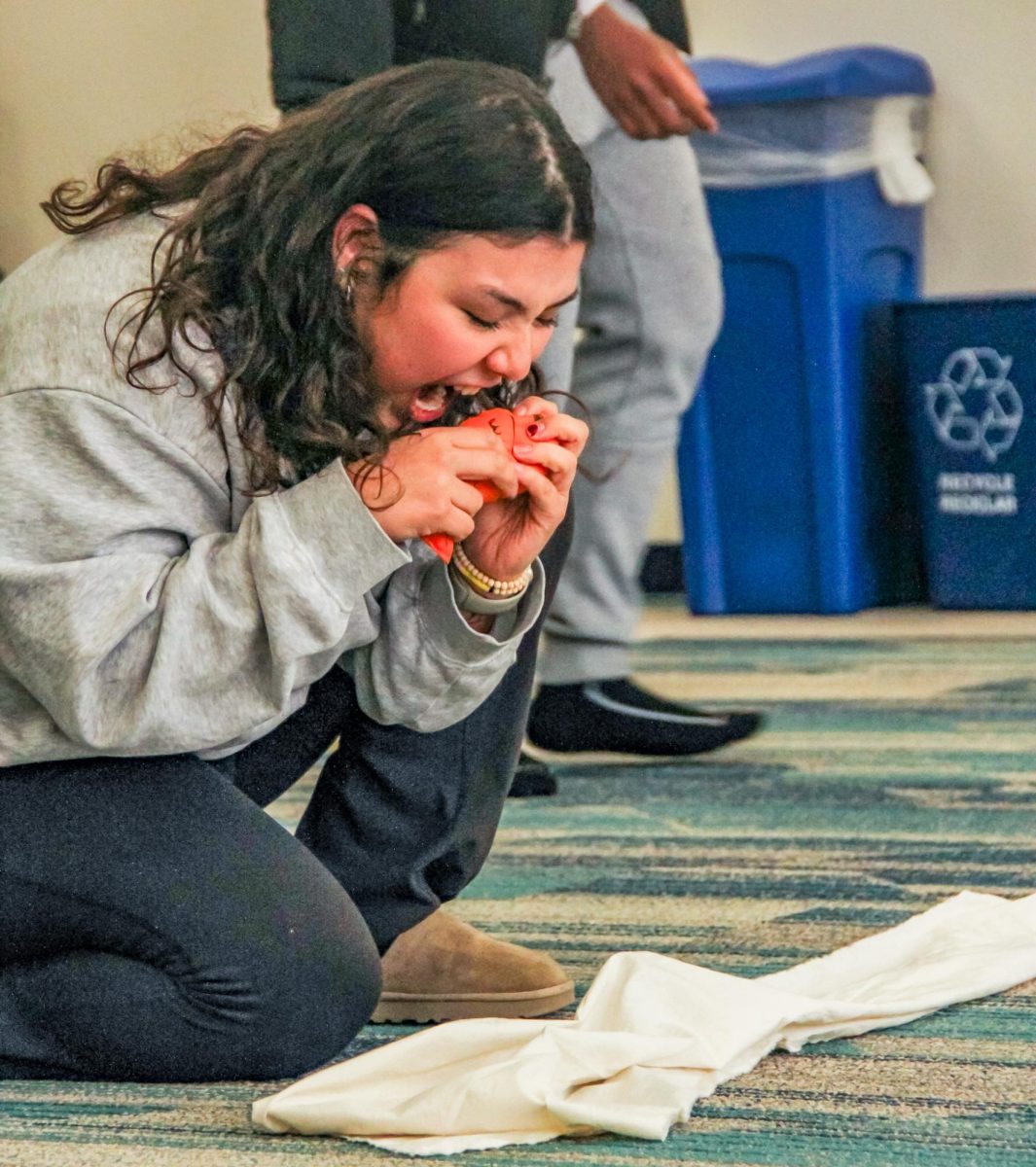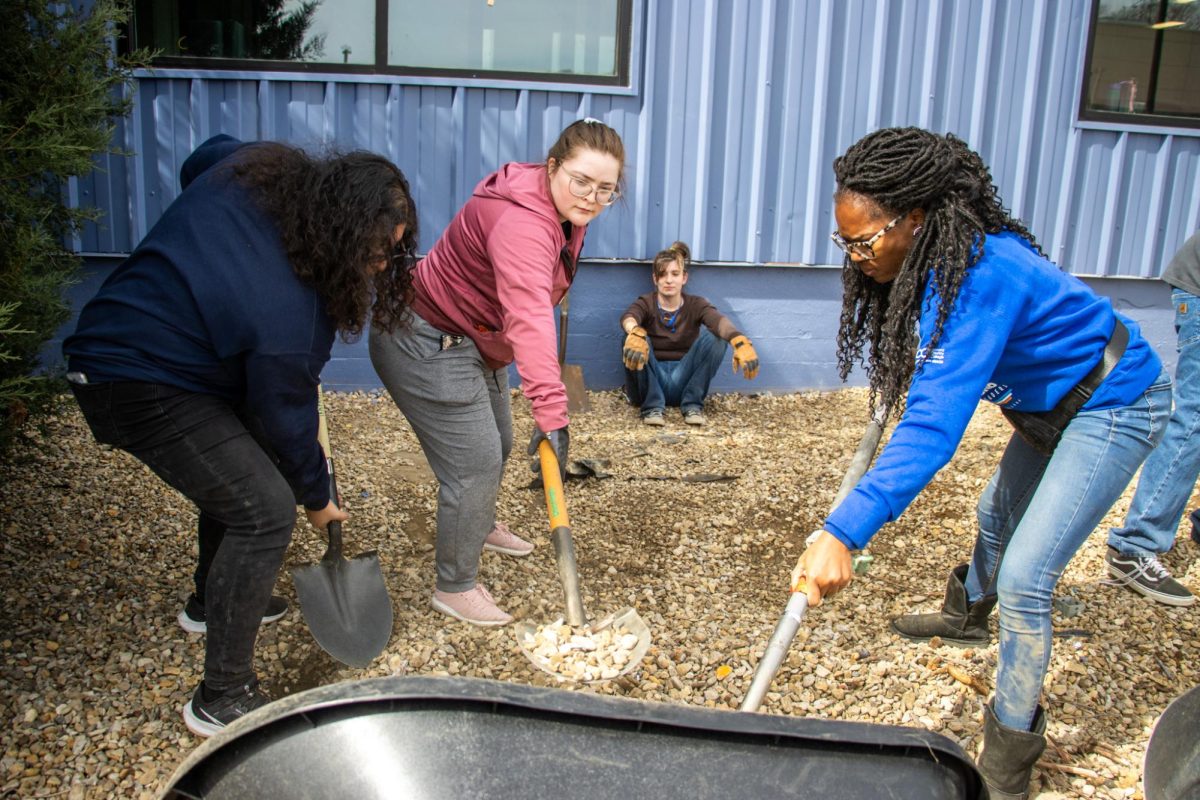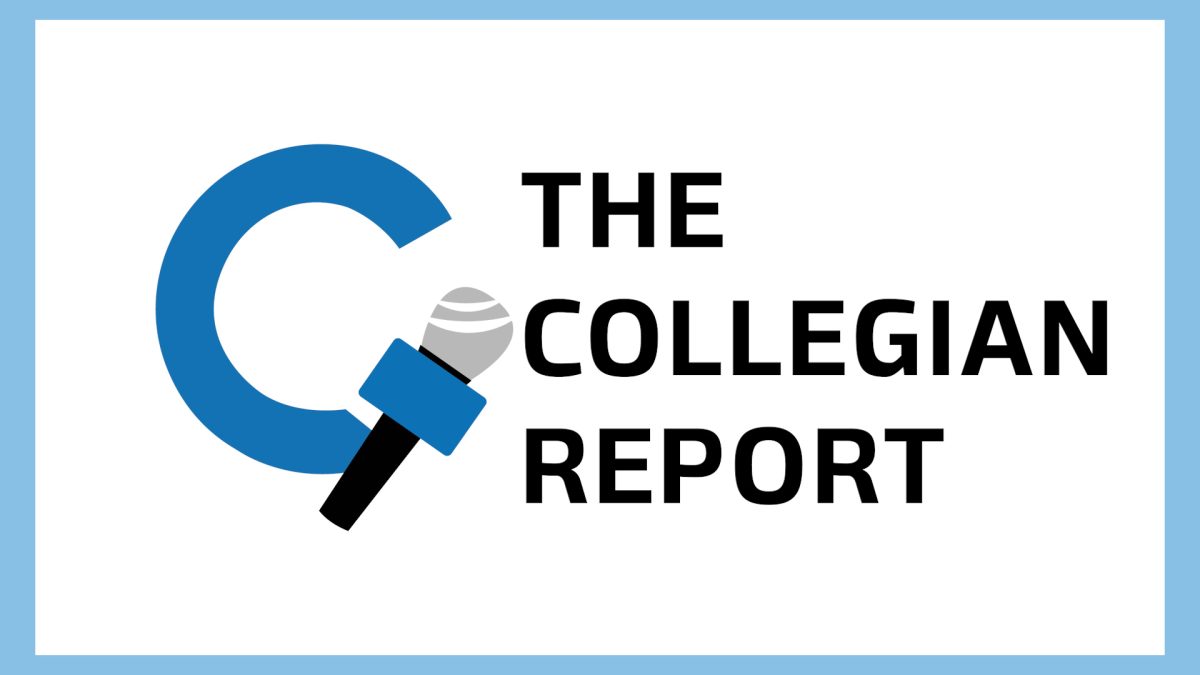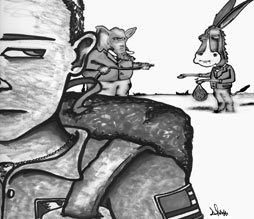By Terra Aiken and Sarah McVean/reporters

In a silent classroom, a teacher conducts the entire class without having to say a word. American Sign Language is not necessarily a first thought when a foreign language comes to mind, but it is and can be used as a foreign language credit.
The NW Campus sign language interpreting program offers a sign language communicator certificate or an associate in applied science degree.
“ Students interested in enrolling in this program can start anytime; however, the department advises starting during either the first summer semester or the fall,” Shelly Hardell, an instructor in the sign language interpreting program, said.
In 1991, Hardell graduated from the same program in which she now teaches.
“ It’s fun to see how much the program has changed over time,” she said. “That’s one thing Allison Randolph [program coordinator] stresses for the program: that our knowledge is to stay current.”
The sign language communicator certificate is a one-year program that requires 32 semester hours. According to TCC’s Web site, this certificate is appropriate for students seeking foreign credit or those who wish to use American Sign Language conversationally. Courses include visual/gesture communication, deaf culture, American Sign Language, finger spelling, introduction to the interpreting profession and English.
The associate in applied science degree is a two-year program that consists of 67 credit hours. This degree will prepare students to take the basic level exam offered by the Board of Evaluators for Interpreters in the State of Texas. Students take advance courses focusing on the interpreting process.
Participating in real life interpreting situations allows students to experience a professional community and establish contacts for future employment, according to the Web site.
“ What interested me in this program was that I really love to watch people use sign language,” Chelsea Smith, interpreting program student, said. “I think signing is a beautiful way to express yourself and your culture.”
A goal of the program is to inspire students to continue to develop the communication skills necessary and desirable in those who interpret between deaf and hearing people.
“ The program in turn gets better as the semester goes on,” Smith said.
Smith said she is pleased with her progress.
“ I am learning so much and feel quite capable with the knowledge I have acquired to be able to communicate with deaf people, along with their culture. I would like to achieve a master’s in deaf communication.”
Being a sign language interpreter will enable a student to translate English into American Sign Language and American Sign Language into English.































